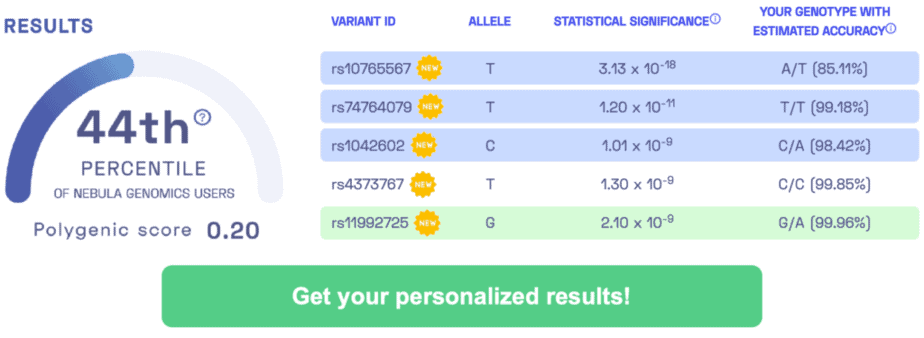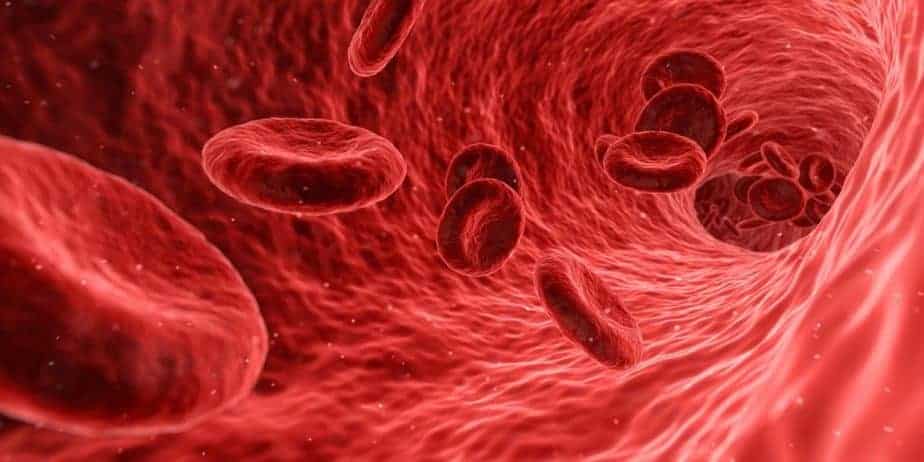STUDY TITLE: Genomic and Transcriptomic Association Studies Identify 16 Novel Susceptibility Loci for Venous Thromboembolism
SUMMARY: Identification of novel genetic variants associated with blood traits and venous thromboembolism risk.
DESCRIPTION: Venous thromboembolism describes a condition where blood clots form in veins and block the flow of blood. Blood clots that break off and travel to organs can result in life-threatening conditions. Though blood clotting is common, the contributing genetic risk factors are poorly understood. This genome-wide association study examined 200,000 individuals of European and African-American ancestry to identify genetic variants associated with venous thromboembolism. The study discovered 14 new variants, including 11 variants within genes not previously associated with venous thromboembolism. Many of these genes have been previously linked to counts and sizes of different types of blood cells. This suggests that blood traits may contribute to determining the risk. Collectively, the genotyped variants explained 15% of the heritability assuming disease prevalence of 0.5%.
DID YOU KNOW? Movements such as walking and stretching can help blood circulate, which can reduce risks of clot formation. [SOURCE]
SAMPLE RESULTS: Learn more about the Nebula Research Library.

ANALYZED VARIANTS: rs6025, rs687289, rs2519093, rs579459, rs2289252, rs2066864, rs2036914, rs4253421, rs191945075, rs8176749, rs78707713, rs4524, rs4548995, rs3136516, rs4541868, rs1558519, rs12445050, rs10886430, rs1867312, rs6088735, rs2842700, rs4869589, rs7508633, rs12675621, rs1671135, rs1048483, rs9373523, rs867186, rs11158204, rs145470028, rs143478537, rs2851436, rs12450494, rs216311
ADDITIONAL RESOURCES:
How Blood Clots Form (Video)
Risk Factors for Venous Thromboembolism
WEEKLY UPDATE: August 30, 2019
